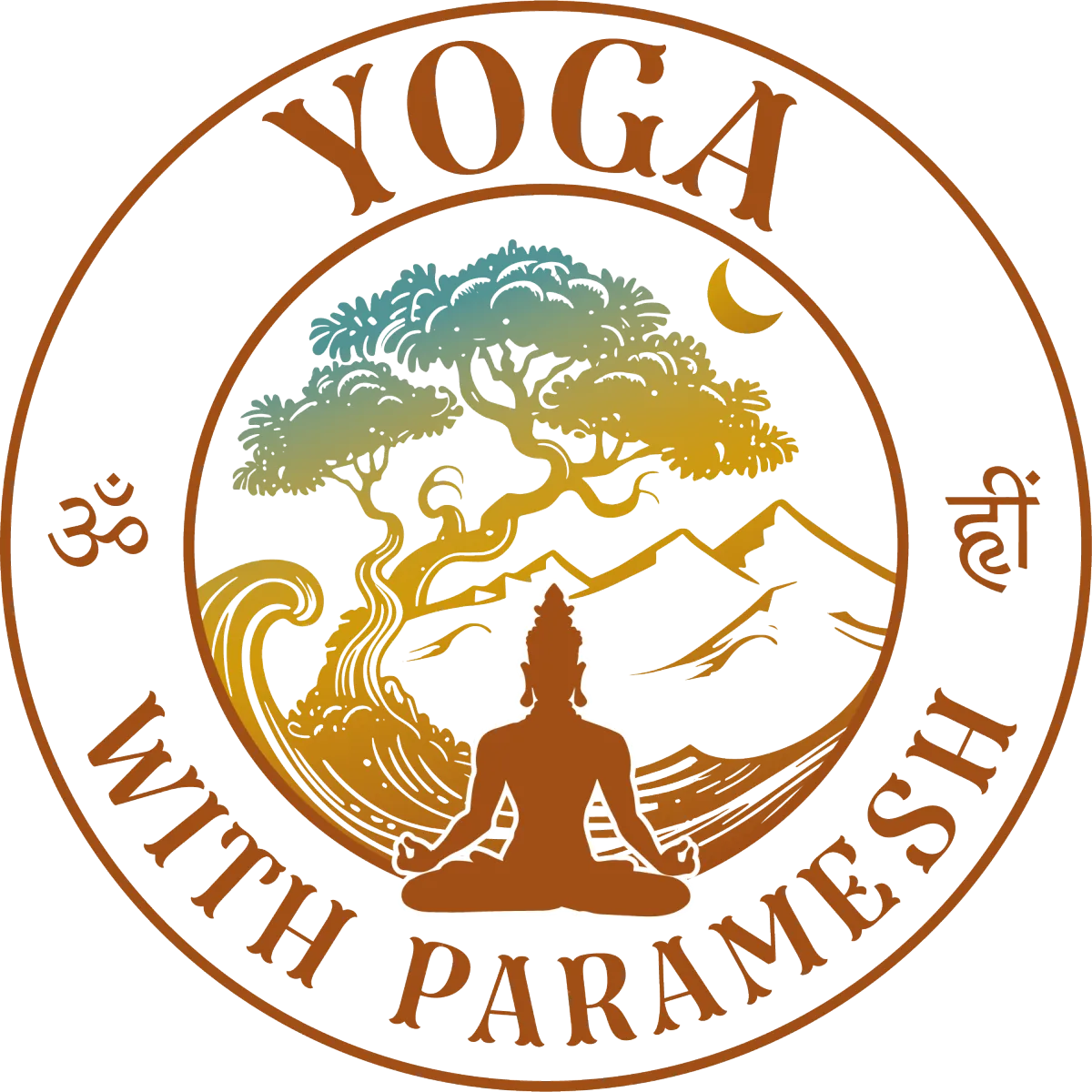
Is Prānāyāma Dangerous?
Is Prānāyāma Dangerous?
My Guru, Her Holiness Amma Srī Mātā Amritānandamayi Devī, has said publicly many times that prānāyāma can be dangerous, and that in old times the Guru would work with the disciple one on one and hold a blade of grass underneath each nostril to see the strength and even-ness of breath, and then would prescribe prānāyāma accordingly. Because of this, many people in our spiritual community are afraid of prānāyāma. When I tell people in my community that I'm practicing prānāyāma they get very concerned and say, "did you ask Amma?"
For this reason I was pleasantly surprised when I attended a short morning yoga course in Amritapuri ashram last November and one of the Senior Swamis, Guru Pāda Swami, taught prānāyāma practices. In fact, prānāyāma is mainly what he practices and teaches. He explained that he has been practicing prānāyāma since he was twelve (now in his 50's) and that he learned under the guidance of a yoga master. He said Amma regularly sends people with health problems to him to learn prānāyāma in order to improve their health. He told us of powerful stories of people healing many ailments through practicing prānāyāma such as migraines, asthma, chronic pain and high blood pressure.
The course was only 5 days long but I continued to practice weekly for several months in the men's yoga shālā run by Guru Pāda Swami and Swami Tapasyāmritānanda Puri. They both are lifelong yogis with a wealth of knowledge between them. I asked them about Amma saying that prānāyāma can be dangerous. They told me that she was referring to kumbhaka, retention of breath. Tapasyāmritānanda told me that kumbhaka practices with particularly long retentions can be very dangerous if done incorrectly and can result in permanent mental health problems. However, he said that practices with kumbhaka, such as anuloma viloma, with retentions no longer than 30 seconds are deemed to be safe for most people. So according to him up to 30 seconds is generally considered a safe threshold.
The two Swamis also told me of the dangers of practicing prānāyāma for too long of a duration. Tapasyāmritānanda told me the story of his cousin who got carried away with prānāyāma practices and was practicing intensely for hours at a time. He said she had an event and ran to a neighboring relatives house for help, where in her own words she said, "I cannot control the prāna," and now she is a permanent vegetable. This is the worst story I've heard.
I personally have two friends who got carried away practicing prānāyāma for hours and both had negative side effects from this. One friend said that he couldn't sleep for several days but this was years ago and now he's fine. The other friend still has trouble sleeping several years later, although it's not clear if this is because of the prānāyāma practices or other contributing factors.
It's important to mention that on my recent trip to India Amma also said that prānāyāma done incorrectly can negatively affect digestion. The translator didn't specify as to what in particular would negatively affect digestion, but it was a general warning.
I do prānāyāma practices every day and I find them incredibly healing. I find that since practicing prānāyāma regularly, I rarely get sick and if I do get sick it's not for long, especially in comparison to others with the same illness. I find that prānāyāma helps keep my allergies in check and calms and regulates my nervous system. So I'm a big proponent of prānāyāma practices and I now teach them to my yoga students.
However, I have a tremendous respect for prānāyāma practices and a healthy fear of them. I've learned under the guidance of qualified teachers, I keep my retentions around 30-40 seconds, and I don't practice too long. I typically practice 15-30 minutes daily depending on my time and when I have more time I do a longer practice 40 minutes to 1 hour. For me this feels right. The great yoga teacher BKS Iyengar, in his book Light on prānāyāma, said he practices 1 hour a day.
The people I know who had problems practiced for up to 3-4 hours at a time. You might think, "why would someone practice for so long?" I think one reason that people can get carried away with prānāyāma is because it can make one feel euphoric and light and I think some people get lost in the pleasure of the experience and just want to keep going.
In conclusion, prānāyāma can be incredibly healing and a powerful aid to meditation practice if practiced correctly, and it can be incredibly dangerous if practiced incorrectly or for too long of a duration. So be careful, be respectful, and only learn from humble and qualified teachers.
